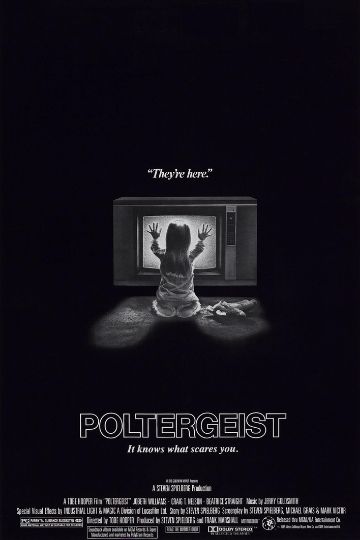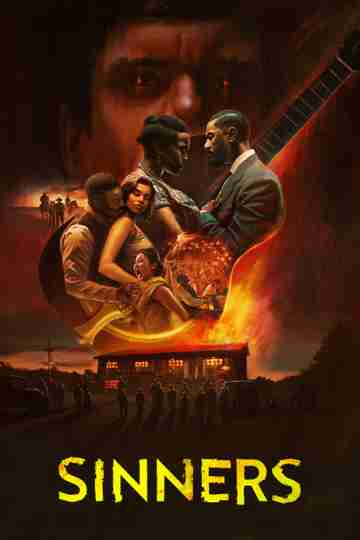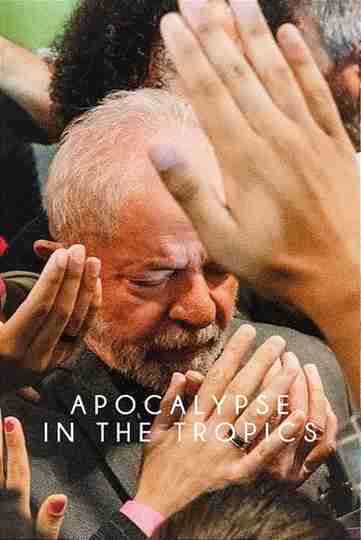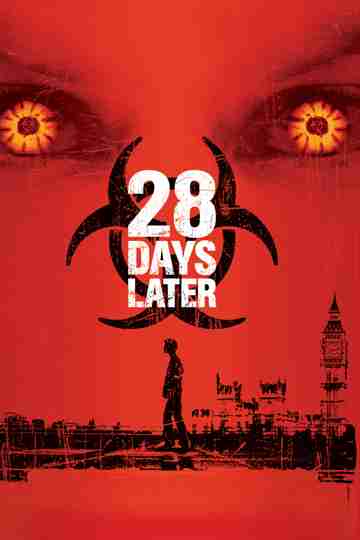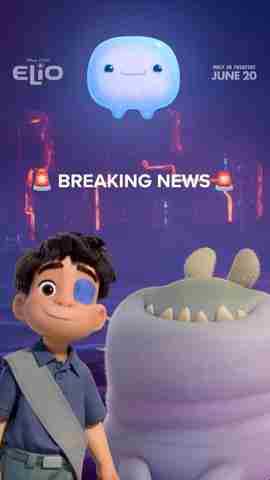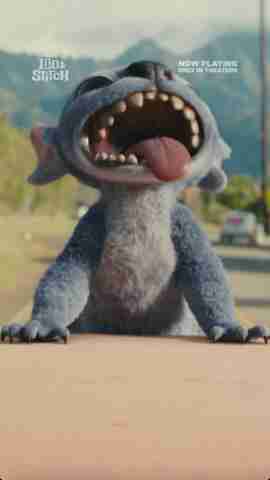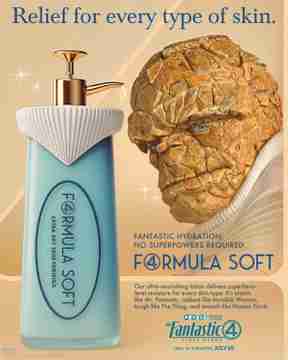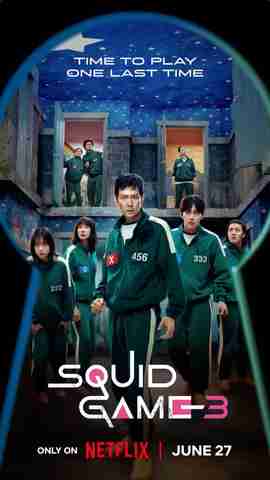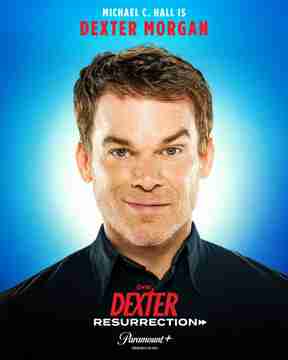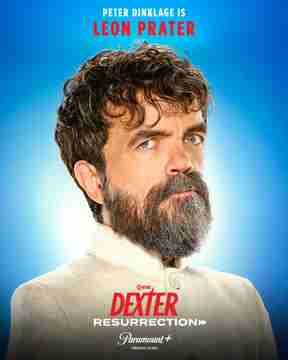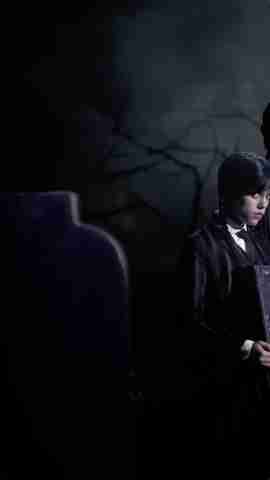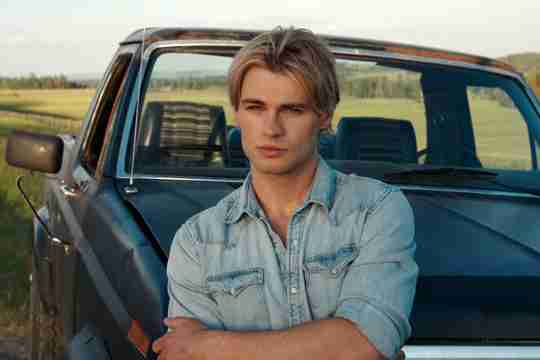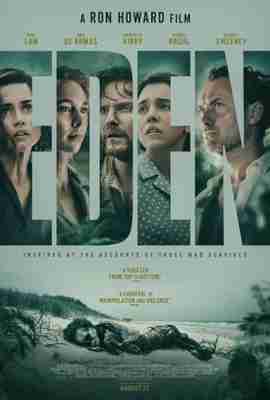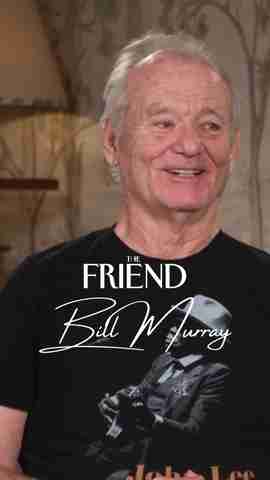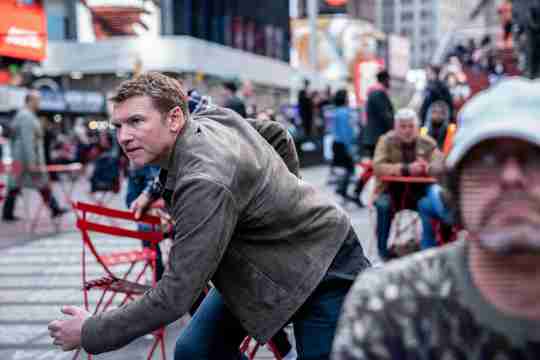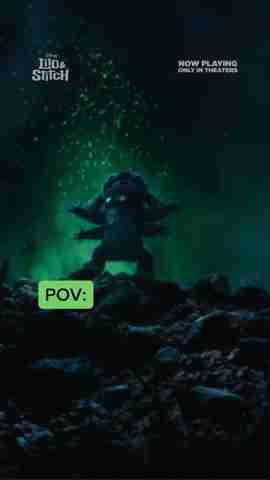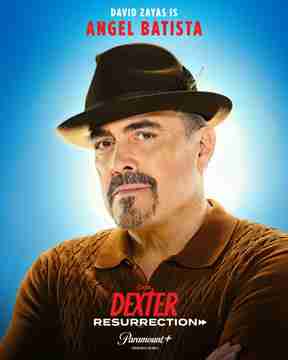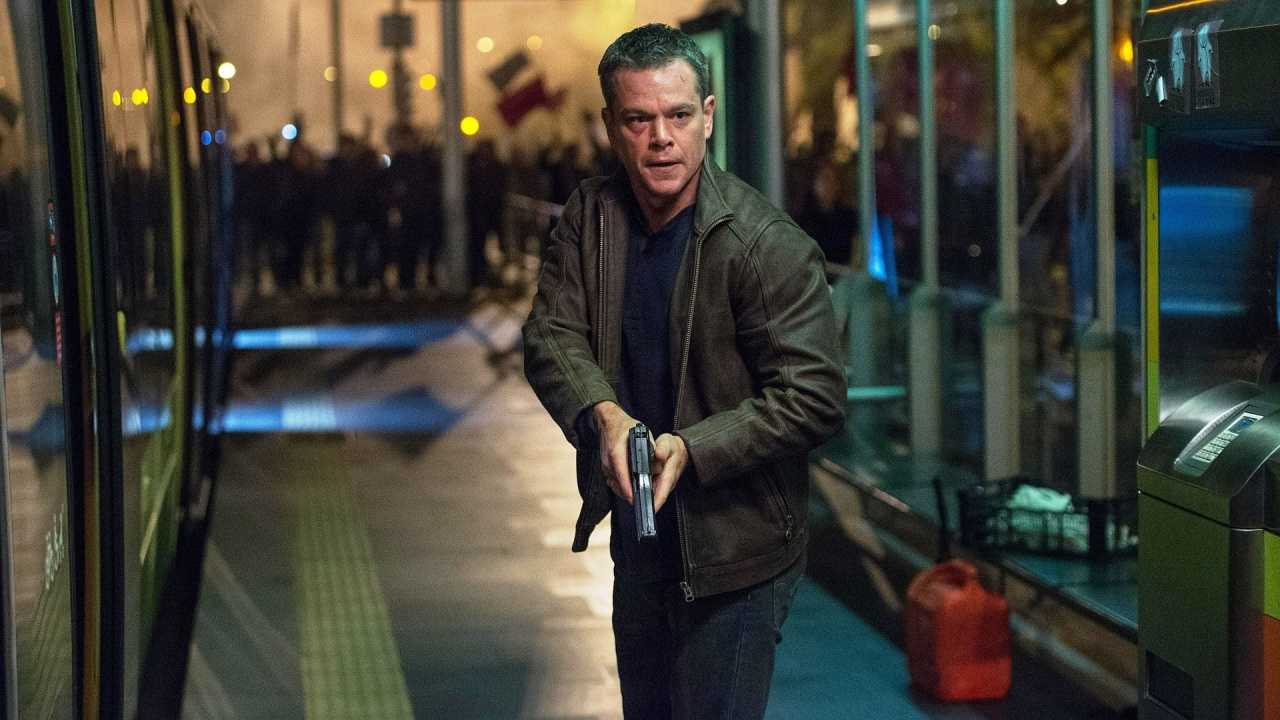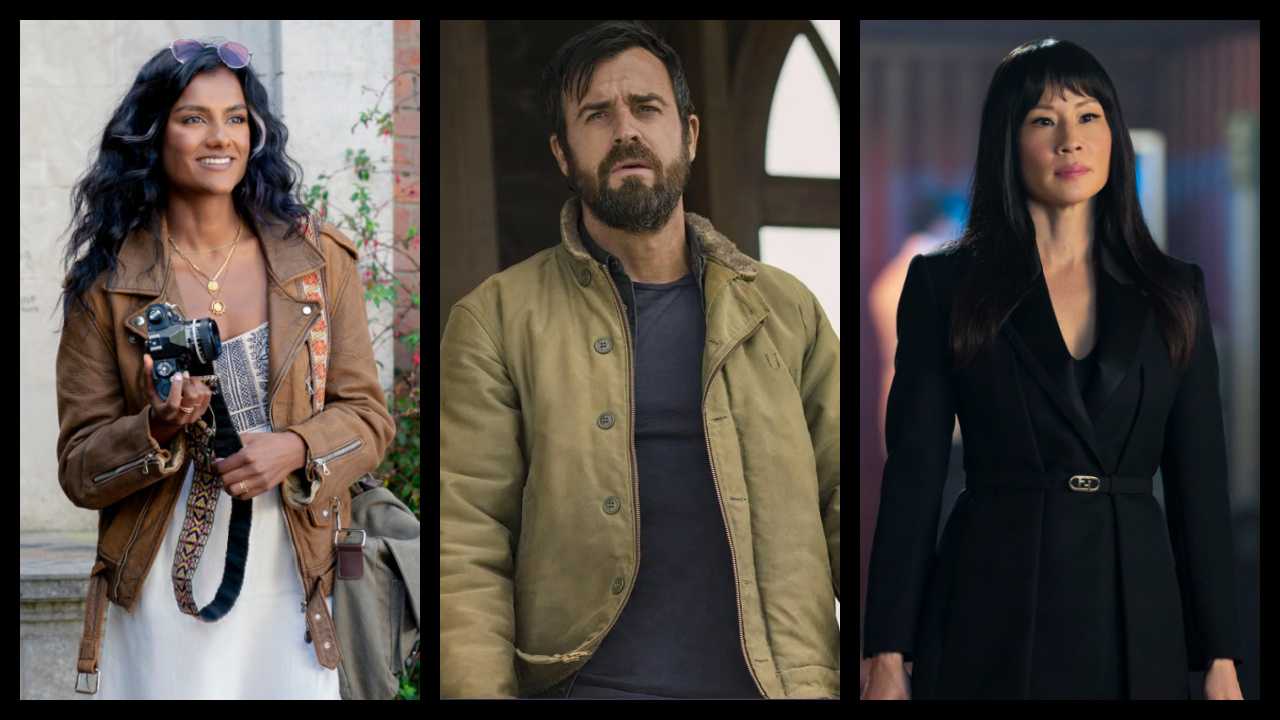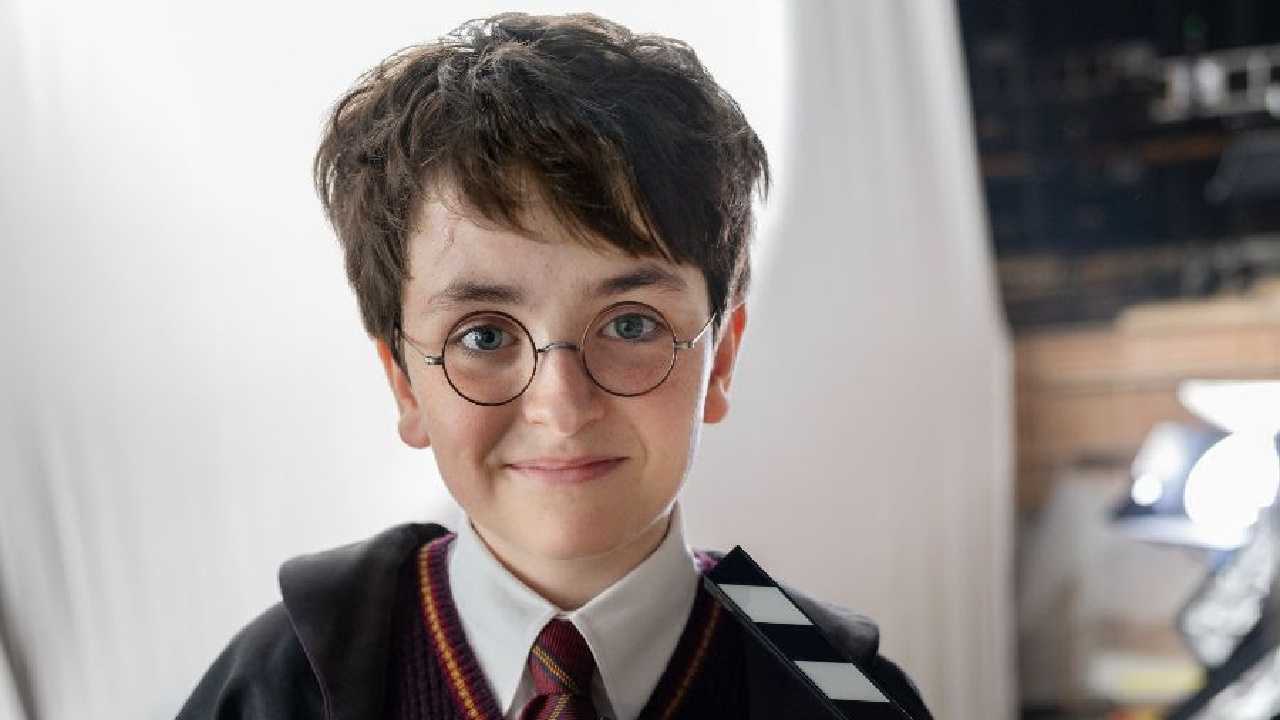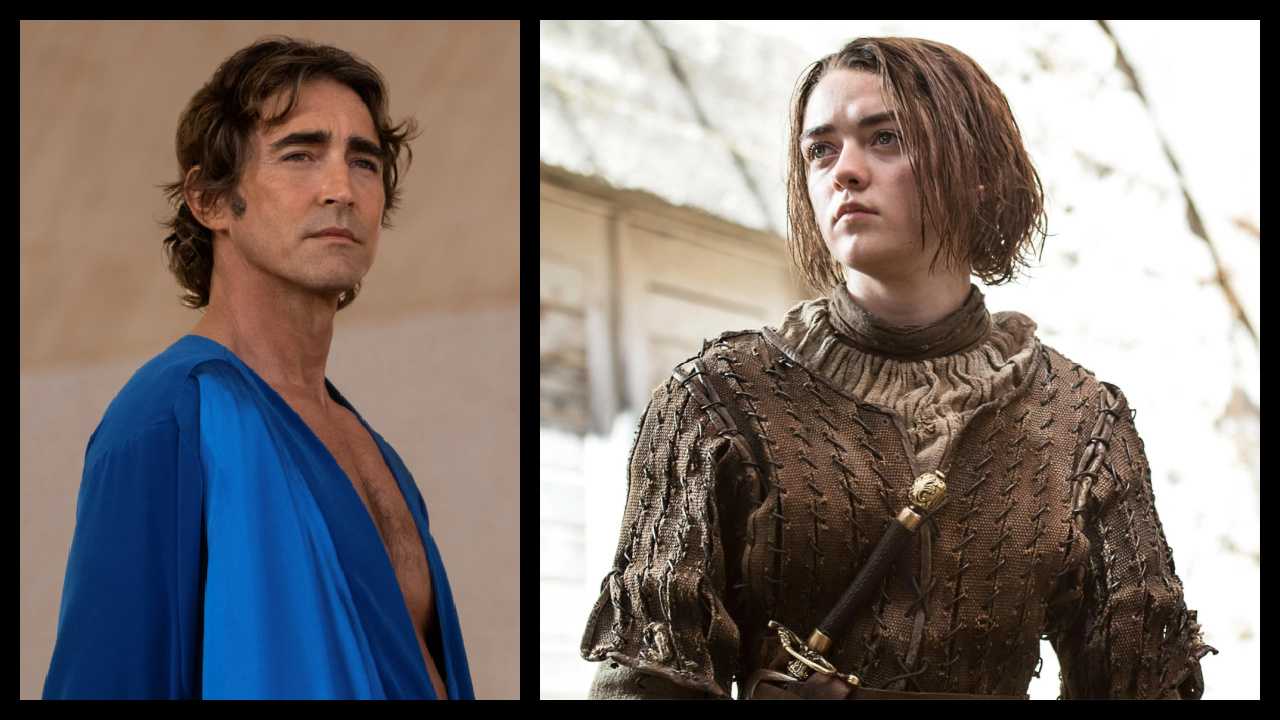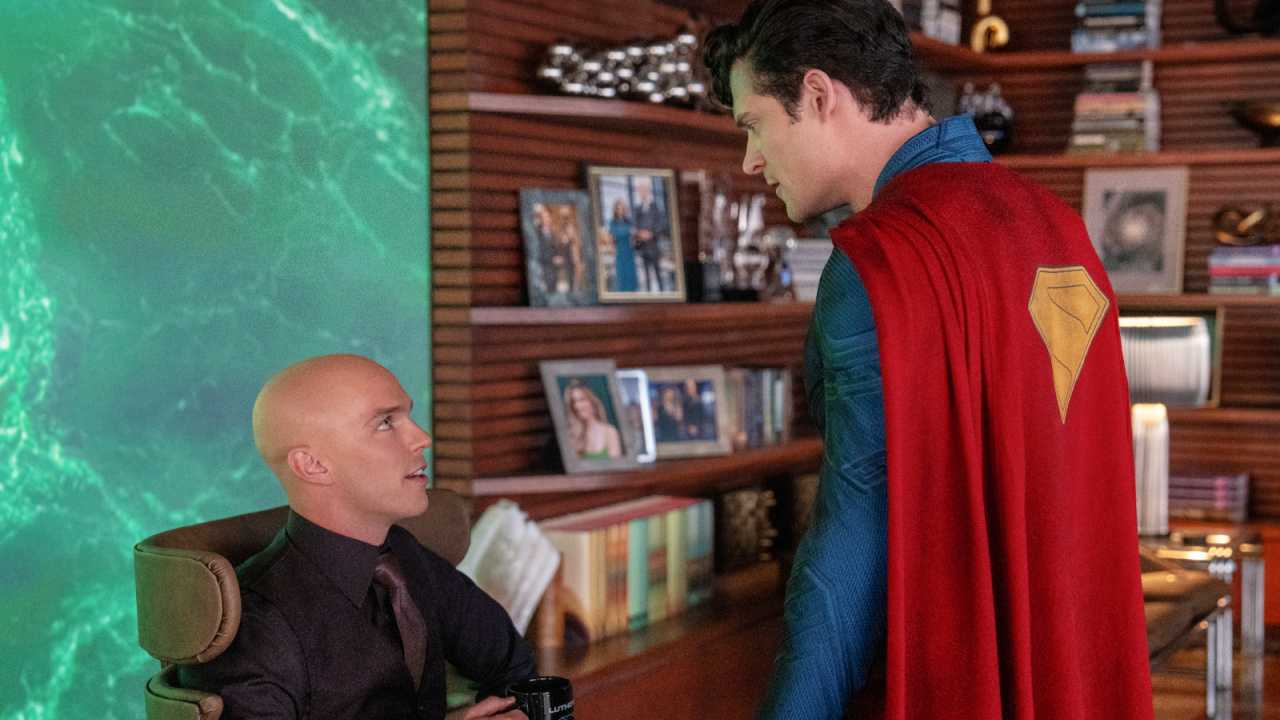18 Things You Never Knew About 'Poltergeist'
"Poltergeist" has terrified audiences since its release 35 years ago this week, on June 4, 1982. And not just for the on-screen depiction of vengeful spirits haunting the Freeling family's new suburban home, but also for the eerie events that notoriously took place off-screen as well.
Here are the production's scary secrets, including the truth behind the so-called "Poltergeist" curse that supposedly plagued the ill-fated cast.
1. Much has been made of the similarities between "Poltergeist" and "E.T.: The Extra-Terrestrial," two movies that originated from the same Steven Spielberg idea and were ultimately released just a week apart. Spielberg's initial "Night Skies" story involved an isolated farm family facing down alien invaders, including both menacing and benign creatures. The benign alien became the germ of the "E.T." idea, while Spielberg pitched the home-invasion idea to "Texas Chain Saw Massacre" director Tobe Hooper. It was Hooper's idea to make the home invaders ghosts instead.
2. One inspiration for "Poltergeist" was reportedly the story of Cheesman Park in Denver. A beautiful city park in a prestigious residential neighborhood, its rolling green lawns and Greek columns stand on the site of Denver's first graveyard. When the park was built a century ago, the bodies were supposed to be dug up and buried elsewhere, but as in the film, the headstones were removed but the corpses left in place. To this day, there may be as many as 2,000 skeletons beneath Cheesman Park. Spooky accounts of ghost sightings and haunted homes throughout the neighborhood over the years also inspired the 1980 horror movie "The Changeling."
3. There was also an Indian burial ground unearthed in 1969 during the construction of a supermarket in Agoura Hills, the Los Angeles suburb where "Poltergeist" would film in 1981.
4. Controversy over who actually directed "Poltergeist" -- Hooper or producer/co-screenwriter Spielberg -- began even before the film finished shooting. Spielberg was contractually barred from directing another film while preparing "E.T.", but he was extraordinarily hands-on with "Poltergeist." Spielberg storyboarded at least half the shots himself, served as second-unit director on some of the outdoor scenes, and was on set for all but three days of filming.
5. Oliver Robins, who played middle child Robbie Freeling, has said that all the direction of the actors' performances was done by Hooper. Nonetheless, after Hooper submitted his cut of the film, he withdrew from the production, and Spielberg finished the post-production (editing, music, and effects). The Directors Guild of America launched an investigation, but Spielberg insisted that Hooper deserved sole credit on the film.
6. Spielberg was literally hands-on during the scene where Marty (Martin Casella) rips his own face off (above). The effect was accomplished with a model bust of the actor's head, but he was nervous about handling the only bust the production had, so those are Spielberg's own hands you see tearing at Marty's flesh.
7. The tree that nearly swallows Robbie was actually four trees, built by the prop department, each with different moving or robotic parts. One account of the filming has it that the tree disgorged Robbie, rather than sucking him in, but the sequence was filmed backward so that it would look even scarier when run forward.
8. The stacking-chair effect was done in-camera, without cuts. When the camera panned away from the unstacked chairs, crew members rushed to replace them with a pre-stacked set of chairs before the camera panned back.
9. The collapsing-house effect at the end started with what producer Frank Marshall called "the $250,000 sentence," a four-word description in Spielberg's script that read: "And the house implodes."
10. The implosion was accomplished using a six-foot model house with cables attached to the sides and a vacuum mounted beneath the floor. As the cables pulled the walls down and the vacuum sucked up the debris, a camera filmed the destruction at 300 frames per second, more than 12 times normal speed. The first time the footage was played back at a standard 24 frames per second, the sight of the slowly disintegrating house made even the studio projectionist gasp. Spielberg reportedly preserved the crushed fragments of the model in a display case atop his piano.
11. Two of the stars claimed to have had otherworldly experiences during the "Poltergeist" shoot. JoBeth Williams (mom Diane Freeling) claimed she'd come home from the set to find the pictures on her wall were crooked, and that she'd realign them but find them crooked again five minutes later. Zelda Rubinstein (medium Tangina Barrons) claimed to have had a vision of her dog telling her goodbye, and that the actress' mother told her hours later that her dog had died that day.
12. Robins has dismissed the notion that there were actual supernatural occurrences on the set. Nonetheless, he was nearly strangled by the clown doll when the puppet malfunctioned, so the terror you see on Robbie's face is real.
13. The budget for "Poltergeist" was a reported $9.5 million (some sources say $10.7 million). It earned back $76 million in North America and another $47 million overseas.
14. "Poltergeist" was nominated for three Oscars, for its instrumental score, sound effects editing, and visual effects. It lost all three prizes to "E.T."
15. Is there any truth to the notion of a "Poltergeist" curse? The rumor grew upon the deaths of four of the franchise's cast members not long after their appearances in the movies. Dominique Dunne, who played older sister Dana, was strangled by her ex-boyfriend just months after the release of "Poltergeist." Julian Beck, who played Kane in 1986's "Poltergeist II: The Other Side," died of stomach cancer in 1985 shortly after production wrapped on that sequel, though he'd been diagnosed with the ailment 18 months earlier. And Will Sampson, the real-life shaman who co-starred as Taylor in the second film, died in 1987 while recuperating from a heart-lung transplant, an admittedly risky surgery.
16. Most notorious was the death of Heather O'Rourke (Carol Anne) in 1987. The 12-year-old was admitted to a hospital with flu-like symptoms, but it turned out she suffered from a long-misdiagnosed congenital intestinal abnormality, and she died during an operation meant to correct a bowel obstruction. The rumor was that she had died while making "Poltergeist III," and that a stunt double had to complete her scenes. Her family claimed she'd long since finished shooting when she died, but director Gary Sherman said that the 1988 film had to be rewritten to accommodate her absence.
17. Williams has claimed that the muddy skeletons she writhed among during the "Poltergeist" swimming pool sequence were real, that Spielberg had used them not to get a Method scare out of the actress, but because they were supposedly cheaper than artificial ones.
18. It's possible that it was "Poltergeist II" that used real skeletons. In fact, that creepy detail supposedly led Sampson to perform an after-hours exorcism on the set, to dispel bad karma. Guess it didn't take.
